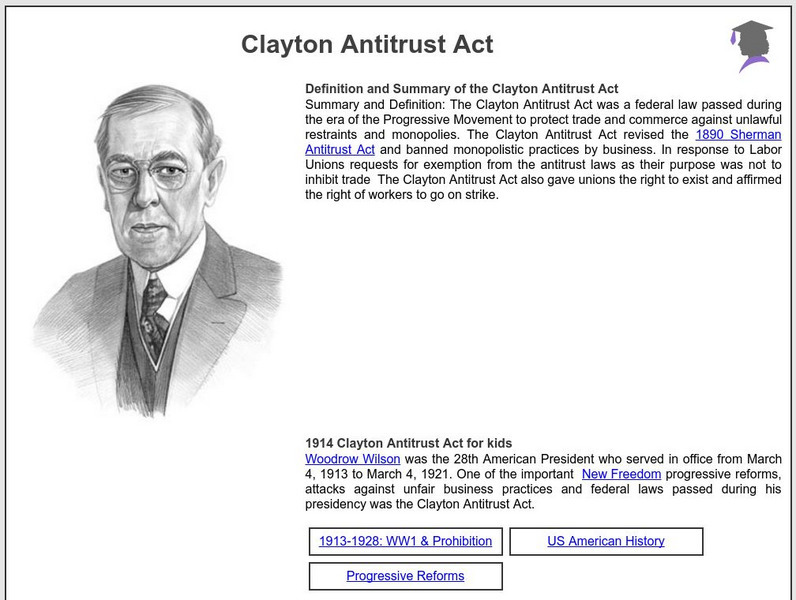Curated OER
Chapter 6 and 7 Unit Test
In this Progressive Era and Big Business test worksheet, students respond to 15 matching, 3 multiple choice, and 4 short answer questions.
Curated OER
Different Types of Market Structure
In this economics worksheet, students complete a graphic organizer based on the four types of market structure. Students consider 6 characteristics of perfect competition, monopolistic competition, oligopoly, and monopoly as they...
Curated OER
A Quick Review of Perfect Competition and Monopoly
Put your students' competitive interests to the test in this worksheet, which includes ten multiple choice questions that relate to two graphs. One graph details a monopoly, while the other displays a perfectly competitive system....
Curated OER
Problems on Market Structure and Business
In this economics activity, high schoolers respond to 10 short answer questions regarding free market economic systems and business.
Curated OER
Free Enterprise and Monopoly
In this United States history worksheet, middle schoolers utilize a word bank of 10 terms or phrases to answer 10 fill in the blank questions pertaining to evolution of the nation's economy to one of free enterprise. A short answer...
Curated OER
The Politics of Big Business
Students role-play the responsibilities of the House of Representatives as they consider how to solve the problem of undue influence by big business monopolies. They evaluate their proposed solutions and write an essay with their...
Curated OER
Microeconomics Summary
Twelfth graders study microeconomics. In this Economics lesson, 12th graders draw graphs on government taxes. Students decide if these graphs are true or false.
Curated OER
Monopoly: February 6, 1935
In this calendar dates worksheet, students learn the date of February 6, 1935 as they first day the Monopoly board game went on sale. Students then use a topic they are learning in class and design a board game for it.
Curated OER
Why Are Your "Good Dishes" Called China?
Students link monopoly as a result of geography and technology. They recognize technology as a determinant of economic success. Students recognize cultural diffusion based upon societal wants and needs. They compare and contrast methods...
University of Groningen
American History: Documents: The Sherman Antitrust Act 1890
Features the full text of the Sherman Antitrust Act of 1890, the first Federal act that outlawed monopolistic business practices and prohibited trusts.
US National Archives
Our Documents: Interstate Commerce Act (1887)
Find an image of the original Interstate Commerce Act, passed in 1887, as a remedy to railroad monopolies. Read a transcript of the law, and an explanation of the reasons why such a law was necessary.
Smithsonian Institution
National Museum of American History: Powering the Past: Emergence of Electrical Utilities in America
Looks at the history of electrical utilities in the United States from the time of Edison up to President Franklin Roosevelt.
University of Groningen
American History: Outlines: The Era of Expansion and Reform
Information about the period in United States history between the Civil War and World War I. The United States was transformed from a rural republic to an urban state.
Digital History
Digital History: The Industrial Revolution [Pdf]
This site covers both the initial Industrial Revolution in the United States in the late 18th and early 19th centuries and the second revolution that highlighted new inventions and the businessmen who financed industry. Read brief...
Council for Economic Education
Econ Ed Link: The Price of Gasoline: What's Behind It?
For this lesson, students investigate the variables that contribute to the cost of gasoline. They learn that while OPEC nations do influence the price of oil and thus the price of gasoline, other factors also influence the price.
PBS
Pbs: American Experience: The Cleveland Massacre
The details surrounding the so-called "Cleveland Massacre," in which John D. Rockefeller bought up competitors' oil refineries, are set out here.
Khan Academy
Khan Academy: Ap Us History: 1865 1898: The Gilded Age: The Knights of Labor
Discusses the rise of labor unions and the history of the Knights of Labor. After the Haymarket Square riots, members deserted it and many joined the American Federation of Labor instead. Includes questions for students at end.
Council for Economic Education
Econ Ed Link: What Happened to Railroads?
Between the Civil War and World War II, railroads were one of the nation's most important businesses and an integral part of people's lives. In this instructional activity, students assume the role of detectives investigating why the...
Other
Allegheny College: Ida Tarbell
Social reform resutled from the work of journalists known as muckrackers; Ida Tarbell was one such journalist. This website includes a biography as well as an archive of selected articles and letters by Tarbell.
Council for Economic Education
Econ Ed Link: New Sense, Inc. Vs. Fish 'Till U Drop or Coase vs. Pigou
Hot debate and arguments galore whirl around this question: "Which economic approach is the most efficient and fair to resolve utility issues surrounding the use of common or public property?" This instructional activity will explore,...
The Washington Post
The Sherman Antitrust Act
This is a very short article, which briefly explains what a trust is and how a trust is formed. Included is a summary of the Sherman Antitrust Act, which prohibited the creation of trusts and monopolies in 1890.
Other
The Progress Report: Natural Monopolies
An article by Fred E. Foldvary detailing the meaning and purpose of different kinds of monopolies. (1999)
Siteseen
Siteseen: American Historama: Clayton Antitrust Act
Provides a summary and detailed facts about The Clayton Antitrust Act that banned monopolistic practices by business and gave the right of workers to strike.


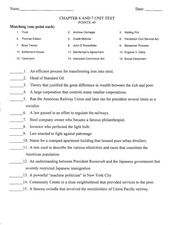




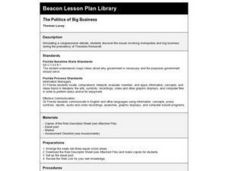
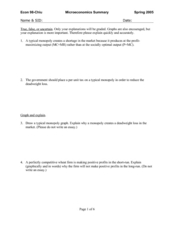

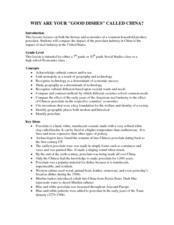

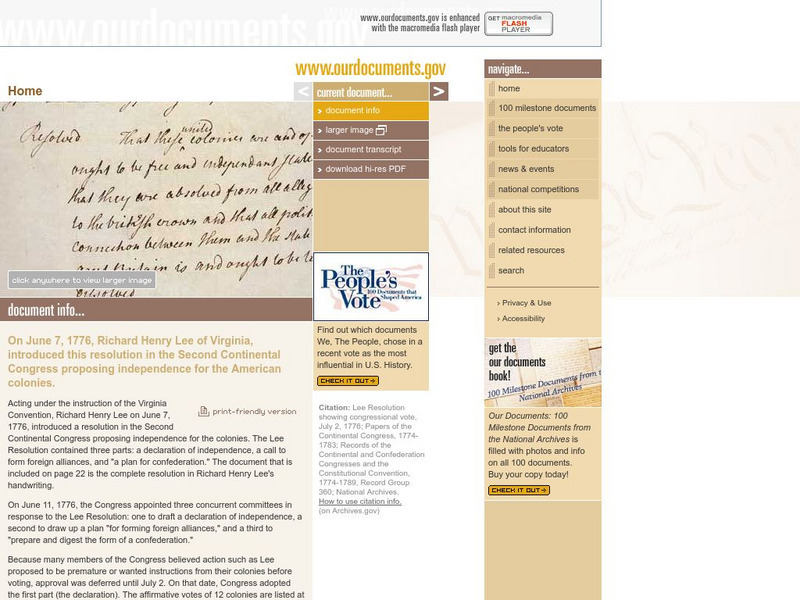


![Digital History: The Industrial Revolution [Pdf] Website Digital History: The Industrial Revolution [Pdf] Website](https://d15y2dacu3jp90.cloudfront.net/images/attachment_defaults/resource/large/FPO-knovation.png)



